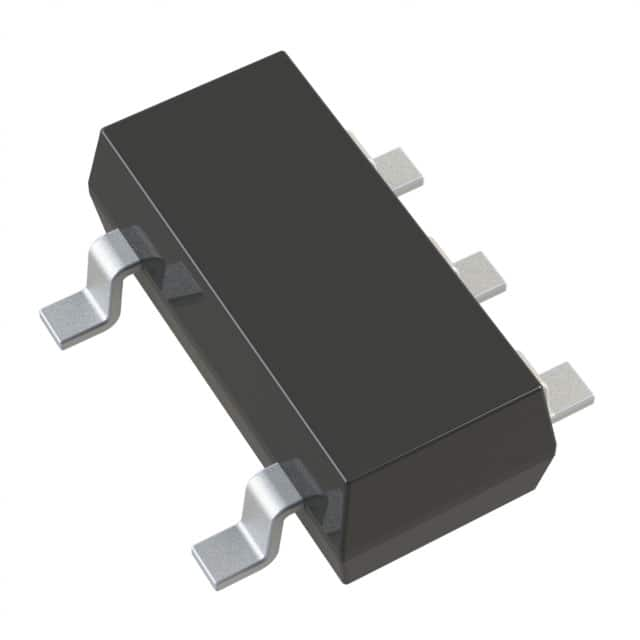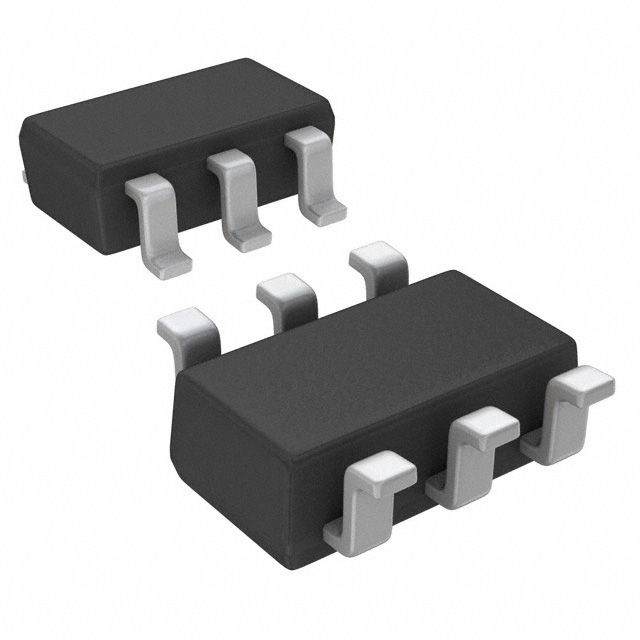Ⅰ. PMIC - Power Supply Controllers, Monitors
Ⅱ. Physical Characteristics of PMIC - Power Supply Controllers, Monitors
Ⅲ. Electrical Characteristics of PMIC - Power Supply Controllers, Monitors
Power Management Integrated Circuit (PMIC) refers to a specialized integrated circuit that is responsible for managing and controlling the power supply in electronic devices. PMICs are commonly used in a wide range of applications, including smartphones, tablets, laptops, IoT devices, and other portable electronics.PMIC - Power Supply Controllers, Monitors

PMICs are designed to efficiently handle power distribution, voltage regulation, power sequencing, and monitoring within a device. They incorporate various components and features to ensure optimal power management, energy efficiency, and protection of the electronic system.
Power Supply Controllers, a subset of PMICs, are specifically dedicated to controlling and regulating the power supply. These controllers facilitate the conversion and regulation of input power sources to meet the specific requirements of the device components. They handle tasks such as voltage regulation, power sequencing, and power-on/off control.
Voltage regulation is a crucial function of power supply controllers. They ensure that the voltage levels supplied to different components of the electronic system are stable and within specified limits. This is achieved through techniques such as DC-DC conversion, where the input voltage is converted to the required voltage levels for different parts of the device.
Power sequencing is another important task performed by power supply controllers. It involves managing the order in which different power domains or components within the device are powered on or off. Proper power sequencing is critical to prevent issues like voltage spikes, inrush currents, or device malfunctions.
Power supply controllers also incorporate monitoring capabilities to ensure the smooth operation and protection of the electronic system. They monitor parameters such as input voltage, output voltage, current levels, temperature, and other system-specific parameters. If any parameter goes beyond the safe operating range, the controller can trigger protective measures like shutting down the power supply or issuing warnings.

PMICs, including power supply controllers and monitors, play a vital role in managing the power supply and ensuring efficient and reliable operation of electronic devices. Their integration within the system helps optimize power consumption, prolong battery life, and protect the device from potential power-related issues.
Physical Characteristics of PMIC - Power Supply Controllers, Monitors
The physical characteristics of PMICs, including power supply controllers and monitors, can vary depending on the specific design, package type, and intended application. Here are some common physical characteristics:
1.Package Types: PMICs are available in various package types, such as:
(1.)Integrated Circuit (IC) Packages: These are small, encapsulated chips with exposed leads or pads for electrical connections. Common IC packages include Quad Flat No-Lead (QFN), Ball Grid Array (BGA), Thin Small Outline Package (TSOP), and Small Outline Integrated Circuit (SOIC).
(2.)System-on-Chip (SoC): Some PMICs are integrated into a larger System-on-Chip, where multiple functions and components are combined into a single package.
2.Size: PMICs are designed to be compact, occupying minimal space within electronic devices. The size of the PMIC can vary depending on the complexity and number of integrated functions. Advancements in semiconductor technology have enabled the miniaturization of PMICs.
3.Pin Count: The number of pins on a PMIC depends on its functionality and package type. PMICs can have a few pins or a large number of pins to accommodate various power supply inputs and outputs, control signals, and communication interfaces.
4.Mounting: PMICs are typically surface-mounted on the printed circuit board (PCB) of the electronic device using soldering techniques. The specific mounting method may vary depending on the package type, such as through-hole mounting or surface-mount technology (SMT).
5.Thermal Considerations: PMICs generate heat during operation, especially when managing power conversion and regulation. To dissipate heat effectively, PMICs may incorporate features like exposed heat pads, thermal vias, or integrated heat sinks. Proper thermal management is crucial to prevent overheating and ensure reliable performance.
6.Electrical Interfaces: PMICs have electrical interfaces to connect with the power sources, loads, and control signals within the electronic device. These interfaces include input voltage pins, output voltage pins, control pins for power sequencing or enable/disable functions, and communication interfaces like I2C or SPI for configuration and monitoring.
Electrical Characteristics of PMIC - Power Supply Controllers, Monitors
The electrical characteristics of PMICs, including power supply controllers and monitors, are critical to ensuring optimal performance and reliable operation of electronic devices. Here are some common electrical characteristics of PMICs:
1.Input Voltage Range: PMICs can handle a specific range of input voltage levels from power sources like batteries, AC/DC adapters, or USB ports. The input voltage range varies depending on the PMIC's design and intended application.
2.Output Voltage Range: PMICs regulate and supply power to various components within an electronic system. The output voltage range is the range of voltage levels that the PMIC can provide to these components.
3.Output Current Capability: PMICs have a specific current-handling capability, which depends on the specific design and intended application. The output current capability of a PMIC is typically specified as the maximum current that can be supplied to the load.
4.Efficiency: PMICs aim to achieve high efficiency in power conversion and regulation, minimizing energy losses and prolonging battery life. The efficiency of a PMIC is the ratio of output power to input power, expressed as a percentage.
5.Ripple and Noise: PMICs can introduce noise and ripple in the output voltage due to the switching nature of power conversion. The level of noise and ripple should be within specified limits to avoid affecting the performance of the electronic system.
6.Protection Features: PMICs incorporate various protection features to safeguard the electronic system from potential power-related issues. These protection features include overvoltage protection, undervoltage protection, overcurrent protection, over-temperature protection, and short-circuit protection.
7.Communication Interfaces: PMICs may incorporate communication interfaces like I2C or SPI to enable configuration, monitoring, and control of power-related functions.
8.Operating Temperature Range: PMICs operate within a specified temperature range, which depends on the design and intended application. It's important to ensure that the PMIC operates within the specified temperature range to avoid performance degradation or failure.
The electrical characteristics of PMICs play a crucial role in ensuring optimal power management and reliable operation of electronic devices. Manufacturers provide detailed specifications and datasheets for PMICs, including the electrical characteristics, to help designers select the most suitable PMIC for their specific application.



